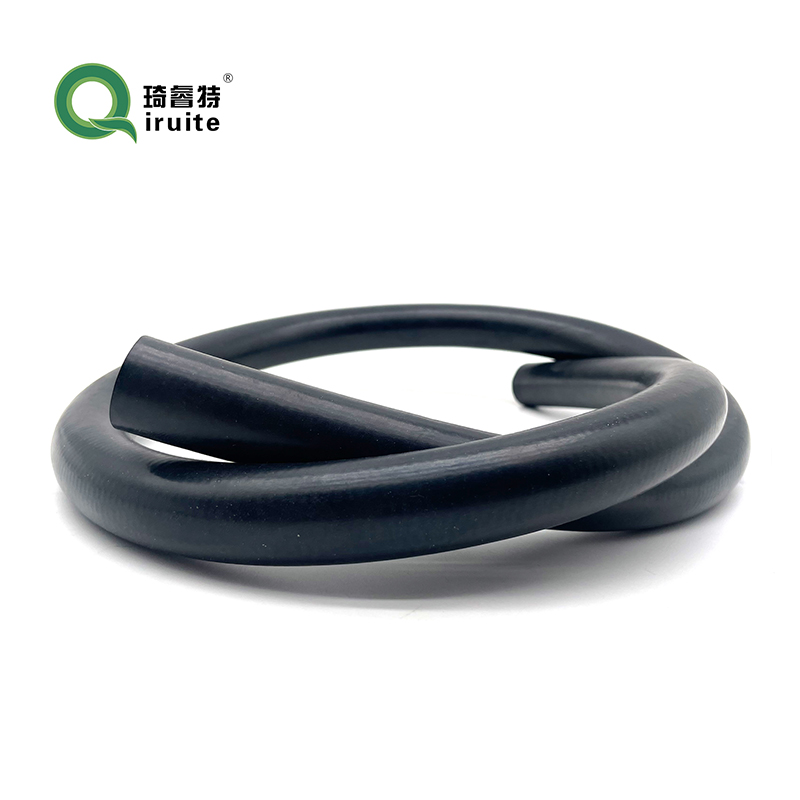Honda Pilot Power Steering Hose Change Guide and Tips for DIY Replacement
Honda Pilot Power Steering Hose Replacement
The Honda Pilot is a popular midsize SUV known for its reliability and performance. However, like any vehicle, certain components may wear out over time, necessitating replacement. One such component that often requires attention is the power steering hose. The power steering system plays a crucial role in ensuring smooth steering and maneuverability, so a failing hose can lead to serious issues. In this article, we will discuss how to identify the need for a power steering hose replacement and provide a step-by-step guide on how to carry out the replacement.
Symptoms of a Failing Power Steering Hose
Before diving into the replacement process, it’s essential to recognize the signs of a failing power steering hose. Common symptoms include
1. Leaking Fluid If you notice a reddish or amber fluid pooling under your vehicle, it could indicate a leak in the power steering hose. 2. Hard Steering Difficulty in steering, especially while parking or turning, may suggest a problem within the power steering system, including the hoses. 3. Noise A whining or squealing sound when turning the steering wheel can be indicative of low power steering fluid, possibly due to a leak. 4. Dashboard Warning Lights Some Honda Pilots may have warning lights that indicate low fluid levels or issues within the steering system.
Tools and Materials Needed
Before starting the replacement, gather the necessary tools and materials
- New power steering hose - Socket set and wrenches - Screwdrivers - Pliers - Power steering fluid - A drain pan - Rags or paper towels
Step-by-Step Replacement Guide
1. Preparation Park your Honda Pilot on a level surface, turn off the engine, and ensure that it is cool. This safety measure prevents any accidents during the process.
honda pilot power steering hose replacement

2. Locate the Power Steering Hose Open the hood and locate the power steering hose. Typically, it connects the power steering pump to the steering gear.
3. Drain the Fluid Place the drain pan under the power steering pump. Use pliers or a wrench to loosen the clamps and carefully detach the hose from the pump and the steering gear. Allow any remaining fluid to drain into the pan.
4. Remove the Old Hose Once the fluid is drained, fully remove the old power steering hose. Inspect the fittings for any damage as you do this.
5. Install the New Hose Compare the new hose with the old one to ensure it is the correct replacement. Attach the new hose to the power steering pump and steering gear, securing them with clamps.
6. Refill Fluid After the installation, refill the power steering reservoir with the appropriate power steering fluid. Check your vehicle’s manual for the recommended type.
7. Check for Leaks Start the engine and turn the steering wheel from lock to lock several times. This action will help circulate the fluid throughout the system. Then, inspect the hose for any leaks.
8. Final Steps If there are no leaks, clean up any spilled fluid and properly dispose of the old hose and any used fluids.
Conclusion
Replacing the power steering hose in your Honda Pilot is a straightforward process that can significantly enhance your vehicle's steering performance. Regular maintenance and timely replacements can help ensure a safe and efficient driving experience. If you’re unsure about any aspect of the procedure, it’s always a good idea to consult a professional mechanic.
-
Ultimate Spiral Protection for Hoses & CablesNewsJun.26,2025
-
The Ultimate Quick-Connect Solutions for Every NeedNewsJun.26,2025
-
SAE J1401 Brake Hose: Reliable Choice for Safe BrakingNewsJun.26,2025
-
Reliable J2064 A/C Hoses for Real-World Cooling NeedsNewsJun.26,2025
-
Heavy-Duty Sewer Jetting Hoses Built to LastNewsJun.26,2025
-
Fix Power Steering Tube Leaks Fast – Durable & Affordable SolutionNewsJun.26,2025

